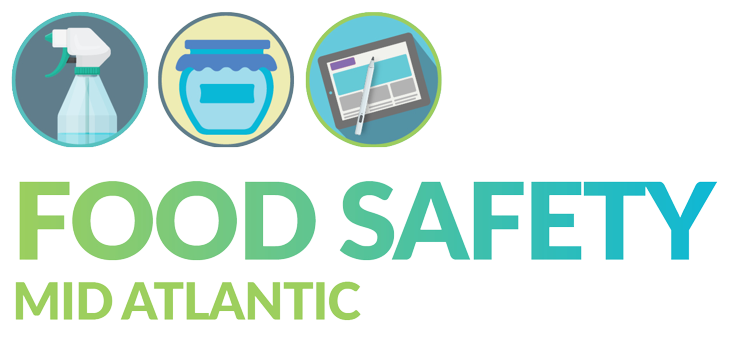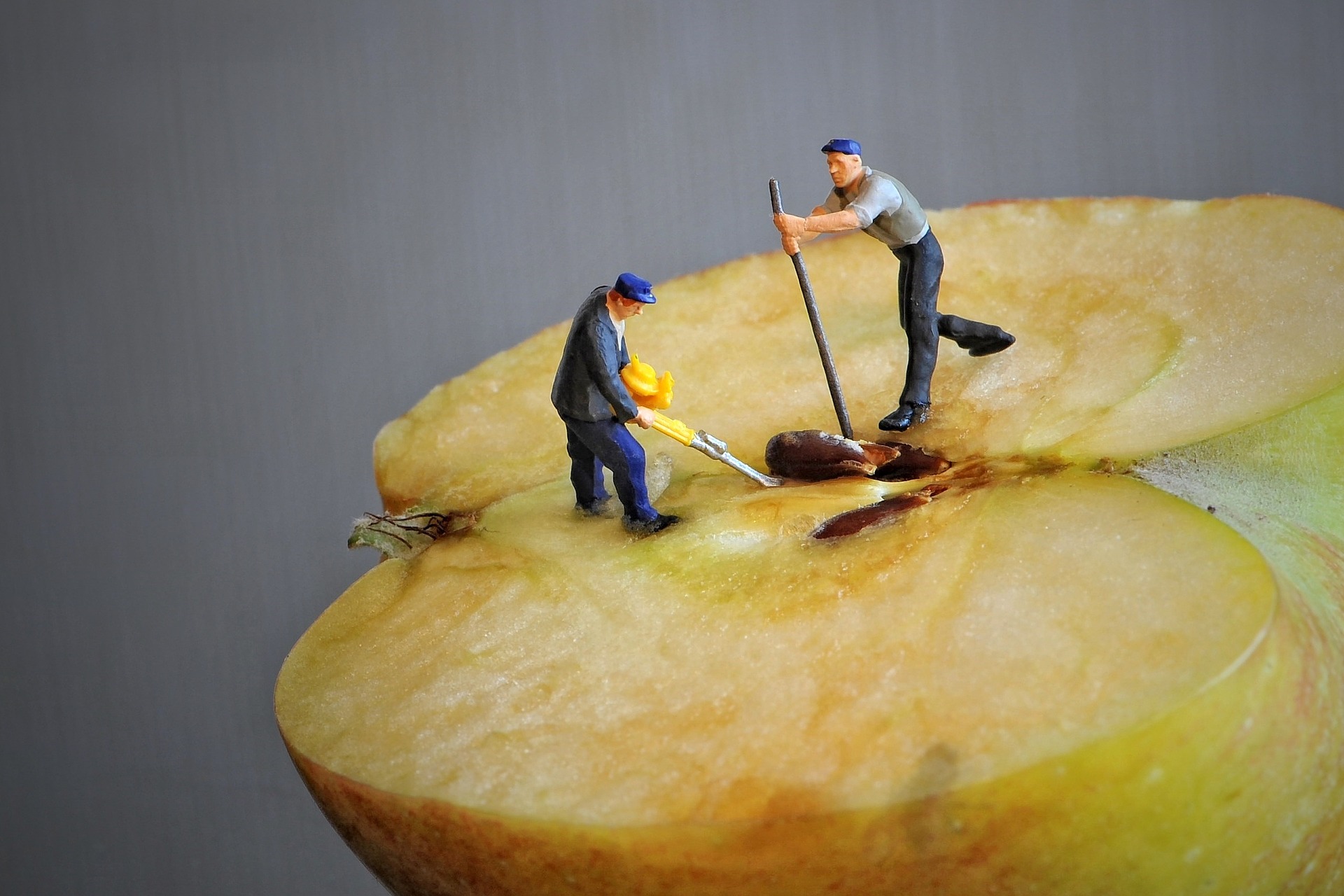Before you can start writing procedures, you need to put together policies for the different areas of your production system. As I wrote in an earlier post:
“The policies are known as Good Manufacturing Practices (GMPs) and form the core of your everyday processes. GMPs including receiving ingredients, making product, sanitizing dishes, storage of materials. You, almost definitely, have GMPs now; however they are in your head. not on paper. So it is hard to tell what you have done and even harder for someone else to follow your instructions.”
For large food manufacturers the FDA has more information but this can be pretty overwhelming when you start out. Your policies should align with those listed in 21 CFR 117 subpart B. However, you may have different ways of implementing these policies. If you rent space in a shared kitchen, you might not have to worry about facilities or pest control; even though you will want to make sure that your facility management is doing this for you.
Routine policies that govern your whole facility are part of your GMPS. For example, you may have a trash policy that says all trash will be removed at the end of the day and placed in the dumpster outside. This isn’t a procedure; we’ll get into Standard Operating Procedures in a later post. As this policy covers the whole facility you and your co-manufacturers should write facility GMPs together. For example, you should all agree to a policy of emptying the bins every night.
Resource allocation can be designated through the use of GMPs as using these may show you where there are gaps in your resources and when you need to improve facilities. For example, if you find that people aren’t emptying the trash bins because the dumpster is full by the end of the day, you can decide if you need to increase the number of dumpsters at your facility.
You can use GMPs to control how to manufacture your product. Once you know the hazards of your manufacturing process, GMPs will state how you are going to monitor and/or control the hazard. By having such a policy, you can be consistent whoever is carrying out the procedure. For example, if you measure the temperature of your product, you must have a thermometer policy which explains what thermometer to use when, how and when thermometers are checked, how and where thermometers are stored, and how often thermometers are sent for calibration.
Having a good GMP system in place lays the foundation of your prerequisite program. From this you can write SOPs and SSOPs to make sure the practices are carried out accurately and appropriately.
Write in the comments below one GMP policy you are struggling to write and would like some help with.

